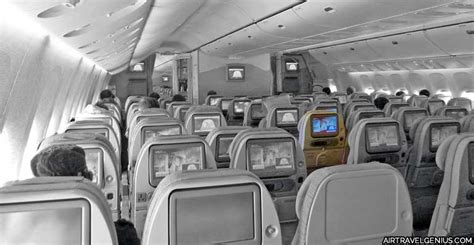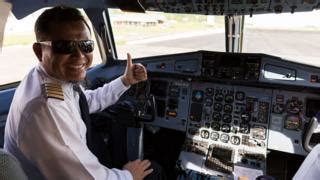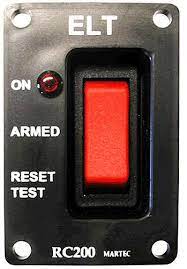Month: July 2021
4.32.6 Portable electronic devices in flight.

1. Cellphones
- No-one shall use a cellphone
- or other portable electronic device
- which transmits electromagnetic energy,
- on any aircraft operating under IFR.
- Includes during an instrument approach or departure procedure
- or during any other critical phase of flight.
2. Medical / Personal Stuff
- You are allowed to carry
- hearing aids, heart pacemakers,
- electric shavers, portable voice recorders,
- electronic watches; OR
- any other device if the operator believes it is safe.
4.30.20 Carrying appropriate aeronautical publications and charts in flight.

1. Aeronautical Charts
- Aeronautical charts shall be in
- current and appropriate form and
- accessible to every flight crew member
2. Navigation Charts
- For IFR, every appropriate
- navigational en route,
- terminal area,
- approach, and
- instrument approach and
- departure chart
3. Checklists
- Aircraft in excess of 5700 kg MCTOW,
- or having a certificated seating capacity of 10 passenger seats or more,
- must use a cockpit checklist
4.30.16 Briefing passengers prior to flight.

1. Compliance
- Advise passengers of CAA requirement for
- passengers to comply with Crew
2. Entry / Exit
- Point out passenger entry doors and emergency exits
3. Emergency Landing/Equipment
- Procedures for emergency landing, and when carried,
- location of emergency equipment and
- use of flotation equipment and oxygen
4. Trays and Seats
- Requirements specified in 91.121 (stowage of service equipment eg trays etc) and
- 91.207 (occupation of seats)
5. Electronic Devices
- Portable electronic devices
- if, how, and when they can be used.
4.30.14 Use of oxygen equipment – Pressurised Aircraft.

1. Height
- Cabin pressure above 10000 ft
2. Supplementary O2
- Crew members shall use
- portable oxygen equipment-
- if need to move from usual station
3. FL 350-410
- One pilot uses O2 mask that supplies continuously
- or on-demand when cabin pressure altitude
- exceeds 13,000 ft
- Two pilots to have access to O2 mask that can supply O2 within 5 secs.
4. FL Above 410
- One pilot uses an on-demand O2 mask at all times.
5. Pressurisation failure
- Each passenger requires supplemental O2
- during any time that the cabin pressure is above 14,000 ft AMSL,
- unless the aircraft can descend to below 14,000 ft within 4 minutes.

4.30.14 Use of Oxygen Equipment – Unpressurised Aircraft

1. Height
- Above 13,000 ft AMSL
- O2 required
2. Timing
- O2 required if more than 30 minutes between 10,000-13,000 ft.
3. Crew
- All crew and every passenger to use supplemental oxygen
- Crew require portable O2 equipment
- if needing to move from their usual station.
4.30.12 Occupation of seats and wearing of restraints.

1. Seats and Restraints
- Each passenger shall occupy a seat,
- and fasten their safety belt,
- during every take-off and landing and
- if altitude below 1,000 ft AMSL
2. Turbulence
- Each passenger shall occupy a seat
- and fasten their seat-belt
- when the pilot-in-command considers
- it necessary for their safety eg. in turbulence.
3. Fresh Air
- Each passenger must occupy a seat and
- fasten safety belt,
- during aerobatic flight
- and in an open cockpit aircraft.
5. Exceptions
- If the PiC is satisfied it is necessary
- for the passengers' performance
- of an essential function
- associated with the purpose of the flight.
4. Child / Infant
- Child under age 4 yrs does not
- require a separate seat,
- provided they are held by an adult
- AND attached by a safety belt
- to the adults restraint.
4.30.6 State the requirements of a pilot-in-command with respect to the safe operation of an aircraft

1. Aircraft
- The aircraft shall be airworthy and
- in a condition for safe flight.
2. Documents
- Make sure the relevant documents
- are inspected
3. Pre-Flight
- Ensure pre-flight inspection is completed
5. Technical Log
- Make sure you record any defects in the
- Technical Log.
4. People on board
- During the flight, ensure the safe operation
- and safety of all occupants.
4.26.10 ELT – Exceptions

Exception 1
- If you are ferrying aircraft
- to a place where an ELT(AF)
- is to be installed.
- No Passengers
Exception 2
- If you are ferrying to
- a place where the repairs
- or replacement can be made
- No passengers
Exception 3
- For a period of not more than
- 7 days if an ELT(S)
- or PLB is accessible to any person
Exception 4
- If no more than 1 seat in the aircraft and
- the pilot is equipped with an ELT(S) or PLB
4.26.8 Emergency equipment in aircraft with seating capacity for less than 10 passengers.

1. Less than 10 POB ..
- There is NO requirement for emergency equipment in
- aircraft with seating capacity for less than 10 passengers.
2. Basic Gear
- CAR Parts 125/135//363 state
- each air operator SHALL ensure
- an axe, first aid kit and fire extinguisher
- shall be carried and clearly identified in the aircraft
- regardless of seat numbers.
